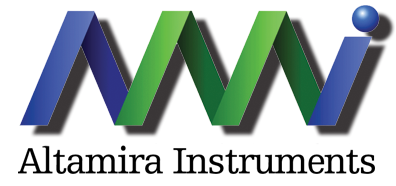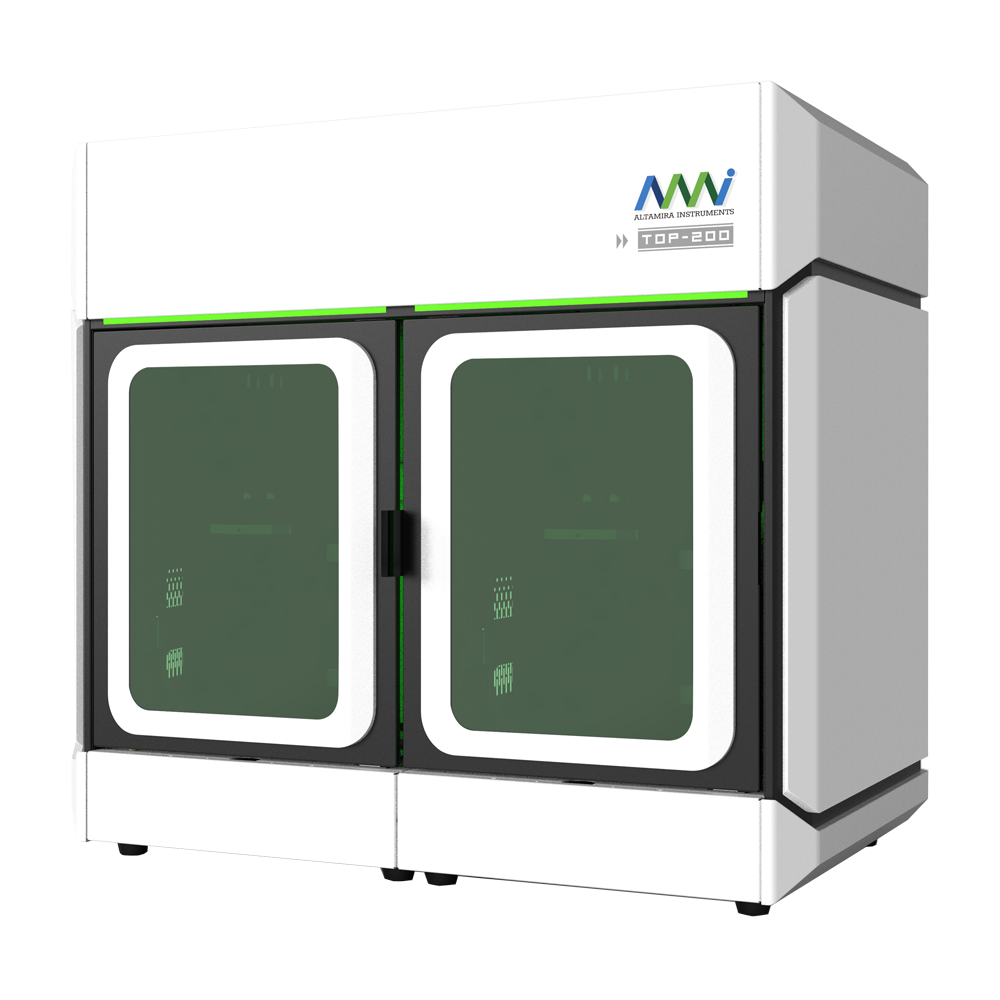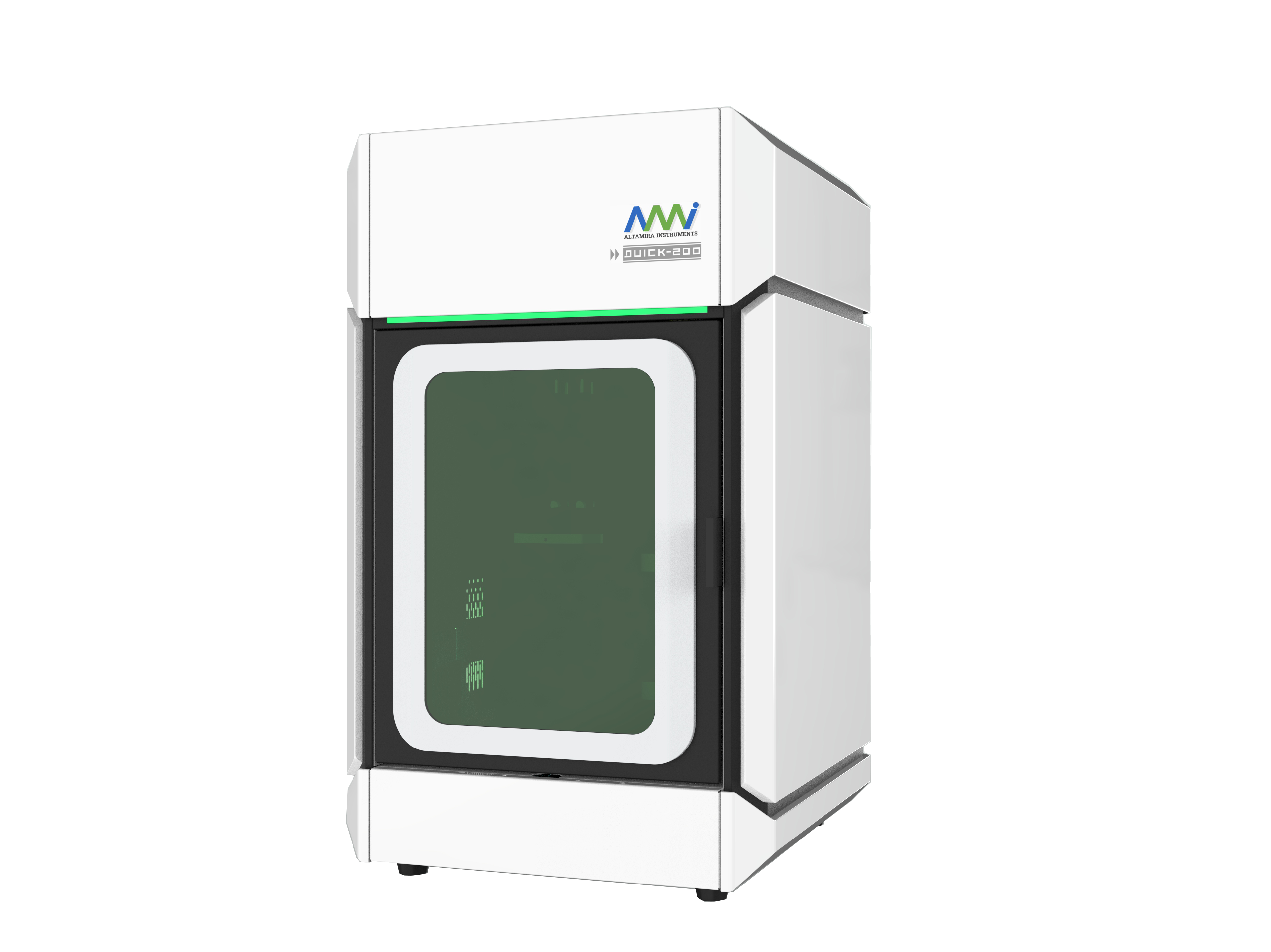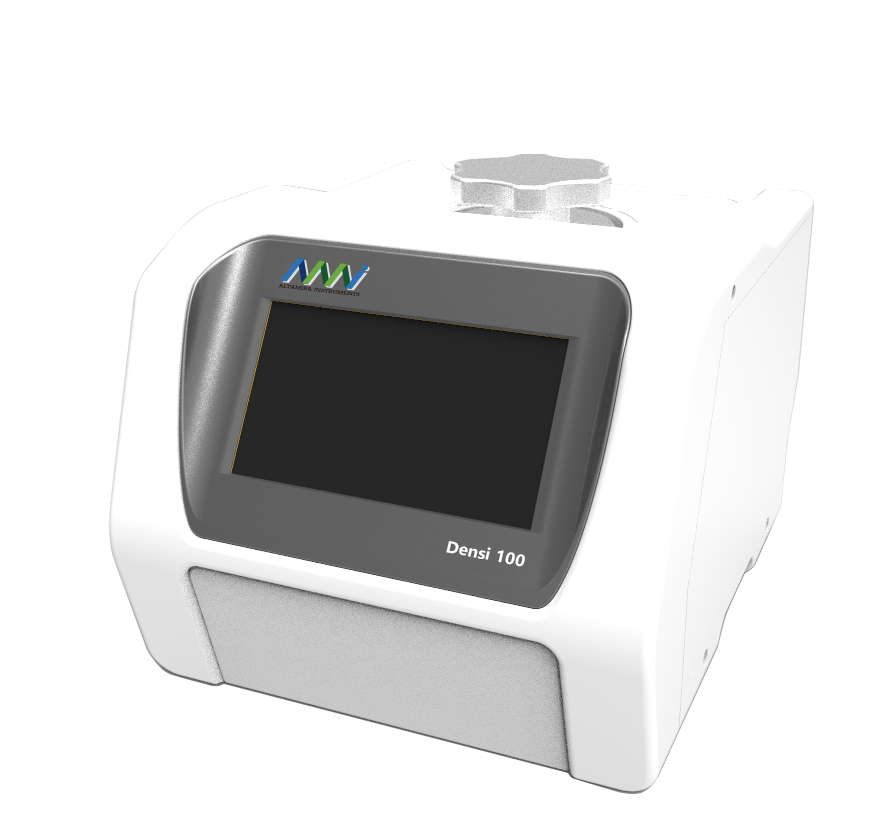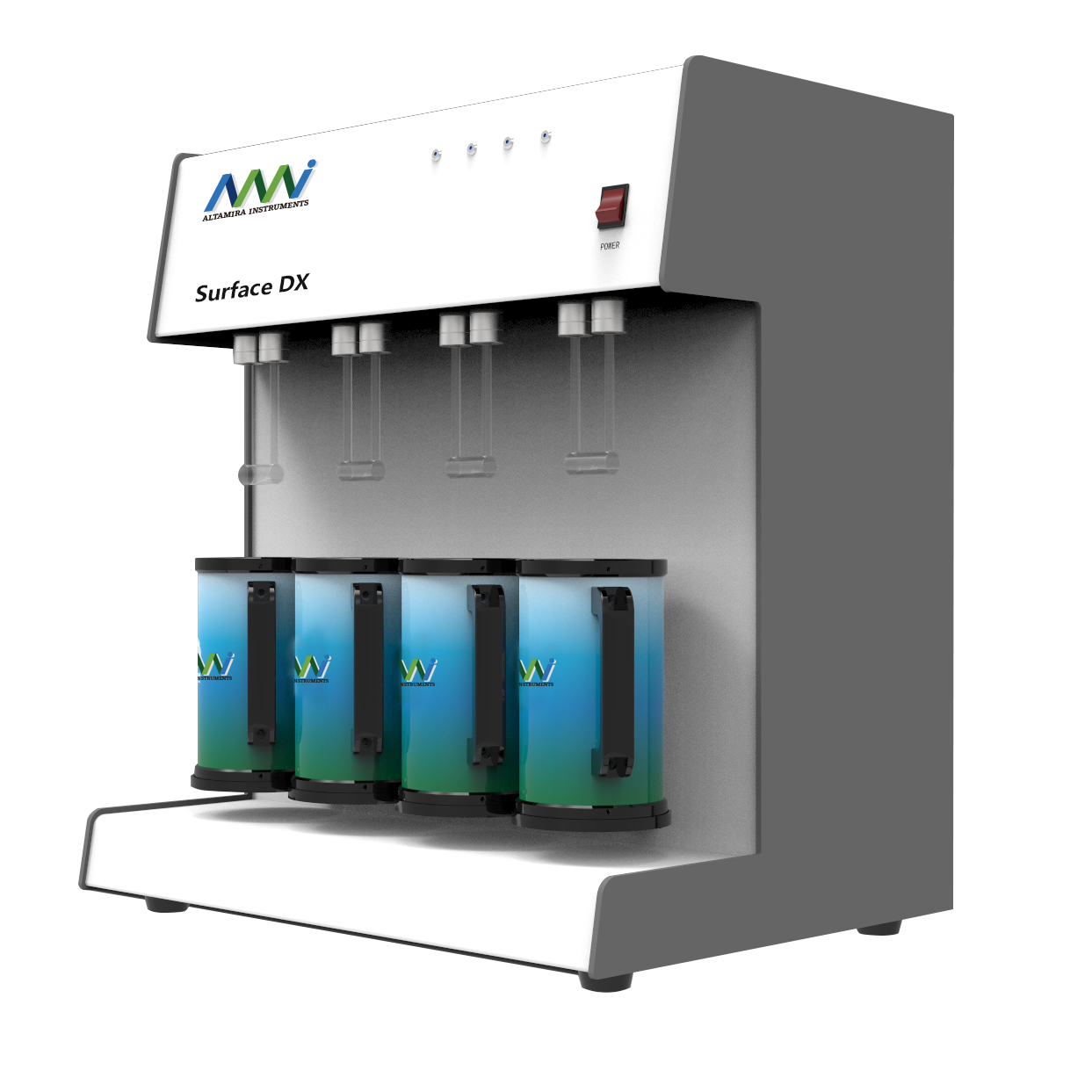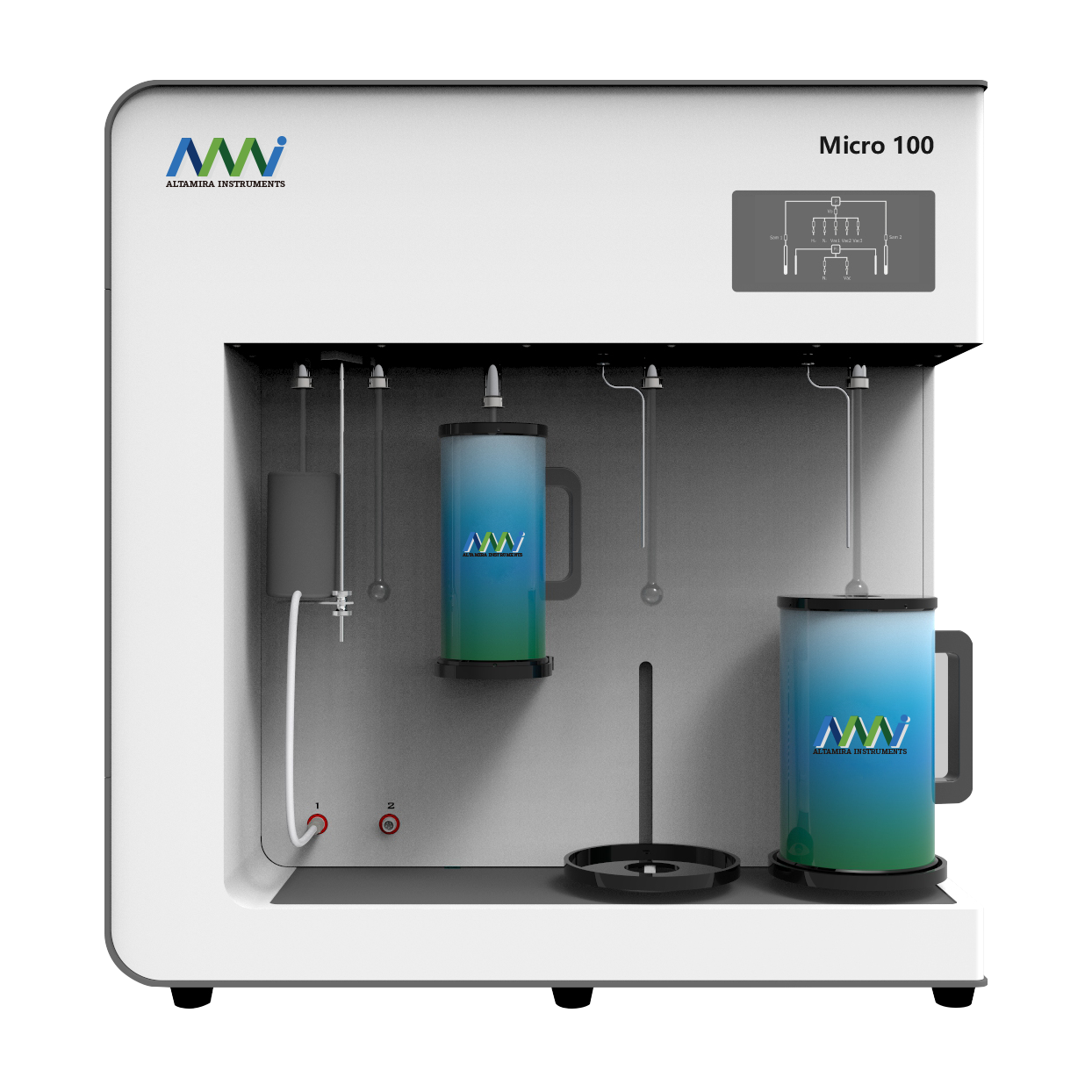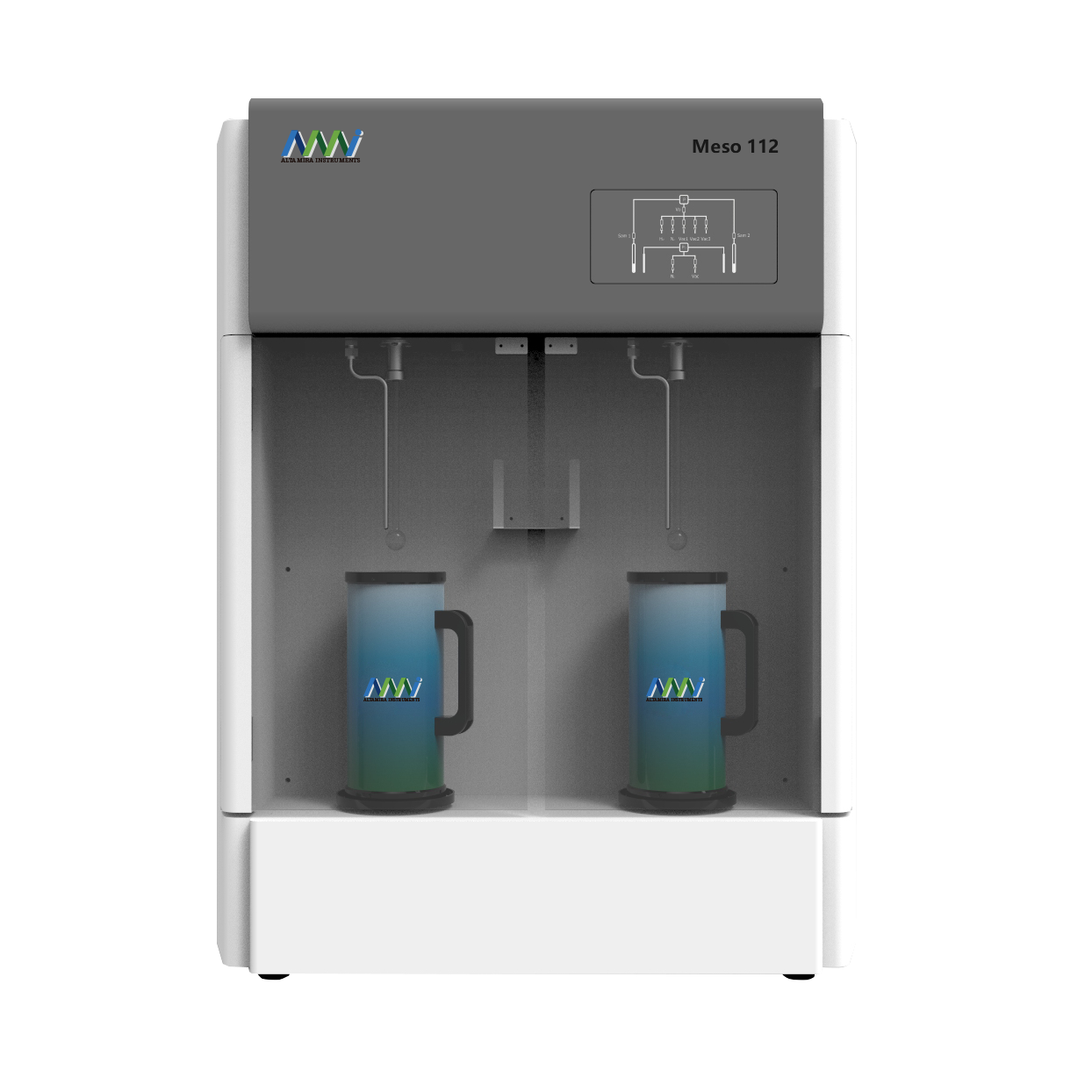Phone: 262-877-3600
PHYSISORPTION ANALYZERS: THE AMI PHYSI FAMILY
TOP-200 Extensible multi-stations gas adsorption analyzer
AMI has re-incorporated many of the technical advantages of the adsorption field and launch the TOP-200 Extensible multi-stations gas adsorption analyzer. TOP-200 gas adsorption analyzer is compact and powerful, and can accurately test micropores, mesopores and surface area to study the adsorption b...
Quick-200 multi-stations surface area analyzer
Quick series gas adsorption analyzer continues the many advantages of TOP, compact body, very small dead volume, stable vacuum, excellent cold bath liquid surface constant technology, is the best choice for research and development, quality control.
Densi100 Automatic True Density Analyzer
Gas replacement (also known as gas gravity bottle) is one of the most reliable methods for measuring apparent volume and density. This method uses a gas to measure the volume of a sample. The gas used is ammonia, which does not cause damage to the sample. The gas displacement method is more accurate...
AMI-surface DX
To complete the series of dynamic characterization analyzers, Altamira now offers a multi-station instrument specifically for dynamic BET analysis. Housed in a compact foot-print, the AMI-surface DX can perform simultaneous analysis on four samples. This high-throughput and fully a...
AMI-micro Series: micro- and nanopores
Altamira is proud to introduce the AMI-micro series of sorption instruments designed for microporous characterization. The AMI-micro BET surface area analyzer series of instruments is designed to determine specific surface area, pore size distribution, and pore volume in everything from carbon...
AMI-meso Series: Meso and Macro-pores
Altamira is proud to introduce the AMI-meso series of BET surface area instruments. After pioneering fully automated chemisorption instrumentation for more than 30 years, the AMI-meso series of instruments utilize the static volumetric method to measure isotherms. The AMI-meso series was...
